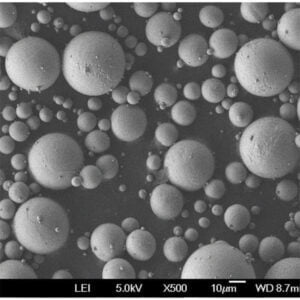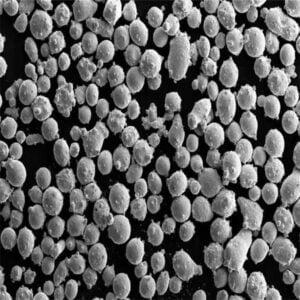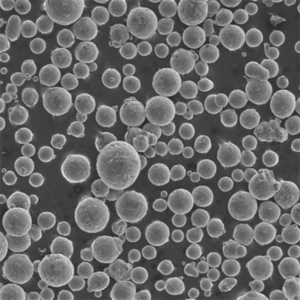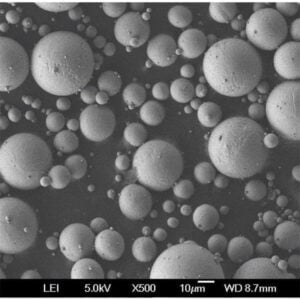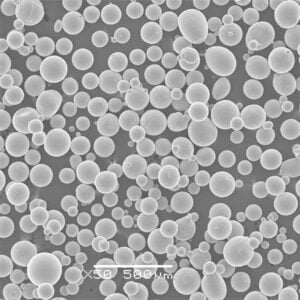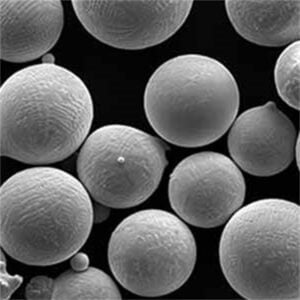鉄基合金 310
目次
概要 鉄基合金 310
鉄基合金 310 は、高温や腐食環境に対する卓越した耐性で有名な材料の一種です。鉄、クロム、ニッケルを主成分とするこれらの合金は、過酷な条件下での耐久性と性能を要求される産業において不可欠となる驚くべき特性を示します。
部品が高熱、過酷な化学薬品、絶え間ない磨耗にさらされる世界を想像してみてください。ここで鉄基合金310が輝きます。鉄基合金310は、そのユニークな組成と微細構造により、強度、耐酸化性、耐クリープ性など、他の材料では得られない特性を兼ね備えています。
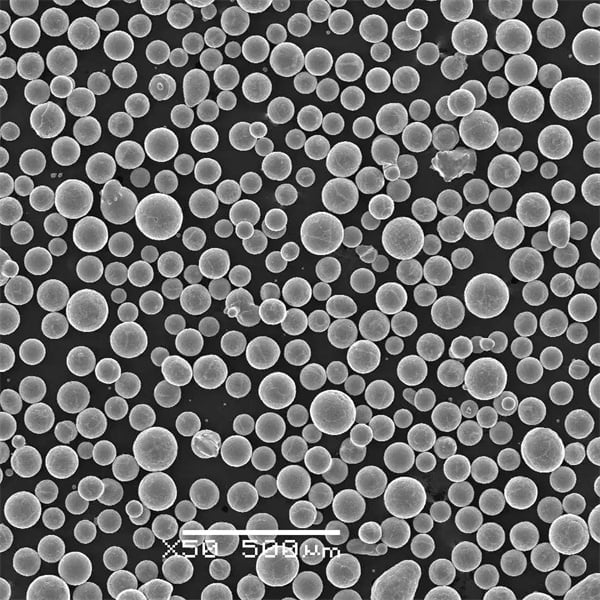
鉄基合金の組成 310
鉄基合金310の骨格は、その名の通り鉄である。しかし、これらの合金を真に際立たせているのは、クロムとニッケルの戦略的添加です。クロムは表面に保護酸化膜を形成し、酸化に対するシールドの役割を果たします。ニッケルは合金の耐食性を高め、全体的な靭性を向上させます。
鉄基合金310の代表的な組成を掘り下げてみよう:
| コンポーネント | 標準レンジ(%) | 役割 |
|---|---|---|
| 鉄 | バランス | 強度をもたらす母材 |
| クロム | 22-26 | 保護酸化膜を形成 |
| ニッケル | 20-25 | 耐食性と靭性を高める |
| その他の要素 | 少量 | 特性の微調整(コバルト、モリブデン、シリコンなど) |
鉄基合金の特性 310
鉄基合金310は、要求の厳しい用途に理想的な素晴らしい特性を誇ります:
- 高温耐性: これらの合金は、強度や完全性を損なうことなく、信じられないほどの高温に耐えることができる。
- 耐酸化性: 酸化クロム保護層の形成により、高温での酸化やスケールを防ぐ。
- 耐食性: 鉄基合金310は、酸やアルカリを含む幅広い腐食環境に対して優れた耐性を示します。
- クリープ抵抗: これらの合金は、高温と応力に長時間さらされても、その形状と強度を維持する。
- 良好な成形性と溶接性: 鉄基合金310は、様々な形状や部品に容易に成形・溶接できる。
- 非磁性体: この特性は、磁気干渉が望ましくない特定の用途において有益である。
の応用 鉄基合金 310
鉄基合金310の卓越した特性は、様々な産業で不可欠なものとなっている:
| 産業 | アプリケーション |
|---|---|
| 航空宇宙 | タービン部品、排気システム、ヒートシールド |
| 自動車 | エキゾースト・マニホールド、ターボチャージャー、触媒コンバーター |
| 化学処理 | 熱交換器、リアクター、配管システム |
| 石油・ガス | ダウンホール装置、配管、バルブ |
| 発電 | 炉部品、ボイラーチューブ、過熱器チューブ |
鉄基合金310の仕様、サイズ、グレード
鉄基合金310は、様々な用途の多様なニーズを満たすため、様々な仕様、サイズ、等級で提供されています。
| 仕様 | 説明 |
|---|---|
| ASTM A240 | クロムおよびクロム-ニッケルステンレス鋼板、鋼板および鋼帯の標準仕様書 |
| ASME SA240 | クロムおよびクロム-ニッケルステンレス鋼板、鋼板および鋼帯のボイラーおよび圧力容器コード |
| サイズ | 利用可能なフォーム |
|---|---|
| プレート | 様々な厚みと寸法 |
| シート | 様々な厚みと幅 |
| ストリップ | 様々な厚みと幅 |
| パイプ | 様々な直径と肉厚 |
| バー | 様々な直径と長さ |
| グレード | 組成と特性 |
|---|---|
| 310 | 耐酸化性と耐食性に優れた標準グレード |
| 310S | 溶接性を改善した低炭素バージョン |
| 310H | 耐クリープ性を強化した高温バージョン |
鉄基合金のサプライヤーと価格 310
鉄基合金310は、世界中の数多くのメーカーや販売業者から供給されています。価格は合金グレード、製品形態、数量、市況によって異なります。
| サプライヤー | 所在地 | 製品範囲 |
|---|---|---|
| サプライヤーA | A国 | 板、シート、パイプ、バー |
| サプライヤーB | B国 | カスタム合金の配合、鍛造、機械加工 |
| サプライヤーC | C国 | 流通網、在庫、技術サポート |
注: 価格情報は変更される可能性があり、特定のサプライヤーから入手する必要がある。
鉄基合金 310:長所と短所
鉄基合金310は、利点と限界を兼ね備えた魅力的な合金である:
長所だ:
- 優れた耐高温性と耐酸化性
- 良好な耐食性
- 良好な成形性と溶接性
- 非磁性
短所だ:
- 他の素材に比べ比較的高価
- いくつかの高温合金に比べて強度が低い。
鉄基合金用金属粉末モデル 310
鉄基合金310用の金属粉末にはいくつかのモデルがあり、それぞれに特徴と用途があります:
- ガスアトマイズド・パウダー: 溶融金属を高圧ガス流中に注入することにより製造され、流動性と圧縮性に優れた球状粒子が得られる。
- 水アトマイズパウダー: 溶融金属を水スプレーに噴射することで作られ、酸素含有量の高い不規則な形状の粒子が得られる。
- プラズマ・スプレー・パウダー: プラズマトーチで金属を溶かし、溶融液滴を急速に冷却することによって得られる。
- ロータリーアトマイズパウダー: 溶融金属流を回転させ、高圧ガスにさらすことによって生成され、球状または薄片状の粒子を生じる。
- プレアロイ・パウダー: アトマイズ前の溶融状態で所望の元素を合金化することにより製造され、均質な組成を確保する。
- メカニカル・アロイ・パウダー 元素粉末を機械的に混合し、その後所望の組成になるように加工することによって製造される。
- 焼結パウダー: 金属粉末を圧縮し、高温で焼結して多孔質または緻密な構造を作り出す。
- 分解された粉末: 金属化合物の分解に由来し、微細で反応性の高い粉末粒子になる。
- リサイクル・パウダー: 金属スクラップや機械加工屑を様々な工程を経てリサイクルして製造される。
- ハイブリッド・パウダー: 特定の特性を得るために、2つ以上の粉末製造法を組み合わせること。
金属粉末モデルの選択は、最終製品に望まれる特性、加工要件、およびコストの考慮事項によって決まる。
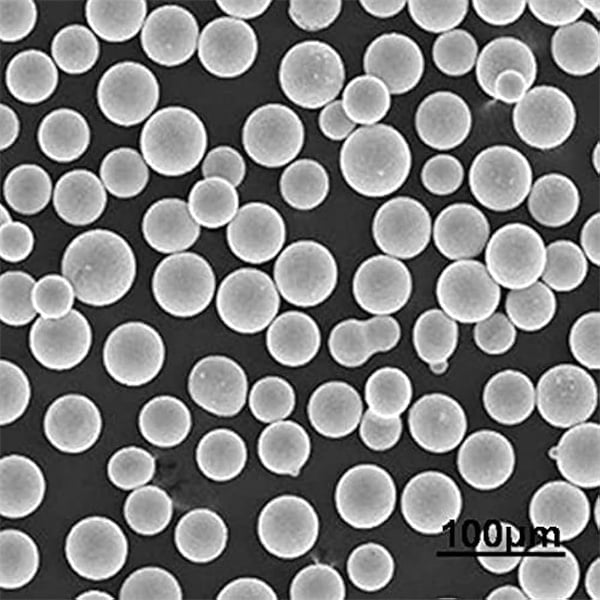
結論
鉄基合金 310 は、過酷な条件下で卓越した性能を要求される産業において、その地位を確立している注目すべき材料です。そのユニークな特性の組み合わせは、様々な金属粉末モデルを利用できることと相まって、汎用性が高く、幅広い用途に適応します。技術の進歩に伴い、鉄基合金310の更なる革新が期待され、その可能性を広げ、材料科学における新たなフロンティアを牽引しています。
シェアする
MET3DP Technology Co., LTDは、中国青島に本社を置く積層造形ソリューションのリーディングプロバイダーです。弊社は3Dプリンティング装置と工業用途の高性能金属粉末を専門としています。
関連記事
Met3DPについて
最新情報
製品

3Dプリンティングと積層造形用金属粉末






